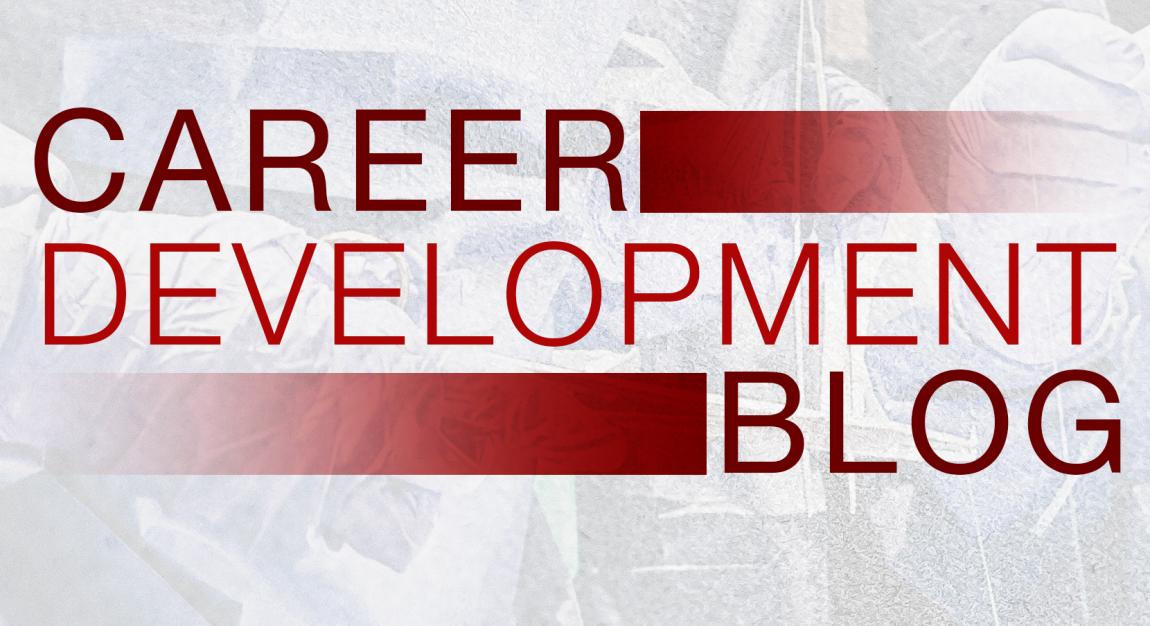- A diverse medical workforce leads to better patient care, outcomes, and trainee education.
- The only way we can provide adequate care to patients of all backgrounds is to educate ourselves on different cultures and health issues through training, exposure, and empathy.
- Changing institutional culture can often be very difficult and labor intensive. It can be difficult to simultaneously focus on these uncompensated efforts while also trying to establish your clinical practice, improve your patient outcomes, and focus on your merit advancement targets.

Why are Diversity, Equity and Inclusion important principles for medicine and surgery?
Diversity, equity, and inclusion (DEI) in medicine are of paramount importance. It is well known that a diverse medical workforce leads to better patient care, outcomes, and trainee education. The 2020 Census Bureau data show that about 40%of Americans now identify as racial or ethnic minorities and the multiracial adult population increased from 2.1% in 2010 to 8.8% in 2020.
Despite an ever-diversifying population in the United States, women and underrepresented minorities (URM) lack proportionate membership in the cardiothoracic surgery (CTS) workforce. A survey conducted by the American College of Surgeons in 2009 identified CTS as the surgical specialty practiced by the oldest surgeons as a group.
- 55 to 69 years (42.3%)
- 70 years or older (11.6%)
These results foreshadow a shrinking of the CTS workforce that will be compounded by a lack of diversity. This disparity is highlighted within surgical academia. Of tenured surgical professors, African American and Hispanics make up only 1.8% and 2.7% respectively.
Women have made significant advances with enrollment in medical school, now making up close to 50% of enrolled medical students. However, within academic medicine, disparities in gender advancement have not been reduced substantially. Studies of medical school faculty have found that women remain less likely than men to be promoted, even after adjusting for the number of publications, amount of grant support, tenure vs. other career track, hours worked, and specialty.
Unlike in other professions—where diversity is simply a social concern, in medicine—it is a matter of health and well-being. Social and cultural factors play major roles in health, illness, and clinical outcomes. The only way we can provide adequate care to patients of all backgrounds is to educate ourselves on different cultures and health issues through training, exposure, and education.
Why should you consider making DEI a focus of your career?
African Americans and Latinos face significant health disparities and systemic inequities. Heart and lung disease are leading factors affecting morbidity and mortality in these groups.
In a recent study, we found that only 0.90% of abstracts presented at meetings from 2015-2020 featured research on racial health disparities in cardiothoracic surgery. There is a significant gap in research to identify and develop best practice strategies to address these disparities and mitigate structural racism within the care of underserved patients with cardiothoracic diseases.
How can you integrate DEI?
Below are four areas in which DEI efforts can be integrated.
Administrative
Most academic institutions have offices of diversity, equity, and inclusion. Often times there are committees that you could join. A few of examples from my institution are faculty search/ recruitment committees, curriculum development, and DEI faculty training committees. In addition, there are leadership positions (officer, director of DEI) within departments where you can develop specific programs to help advance DEI efforts.
Education
There are abundant opportunities within academic training programs. You can join the education leadership by offering to take the role of either assistant or associate program director. In this role, you can take the opportunity to screen applications, offer interviews, and advocate for applicants. Working with residents and medical students also allows you to teach about DEI and explain how it affects their patients. This also allows you to serve in a mentorship role to help recruit the next generation of surgeons.
Research
As mentioned earlier, there is a paucity of disparities research within our specialty. This area of study offers a relatively open arena for investigation. At my institution, we have developed a DEI “dry lab” where faculty, residents, and medical students can come together with research and project development ideas. Projects range from patient racial/social disparities, gender disparities, rural health, and patient education.
Clinical
Integrating DEI efforts into the clinical setting is ultimately one of the most important reasons why we are discussing this. How do we identify issues that affect patients in a negative way so that these areas can be addressed to help optimize patient care?
As surgeons, we already have a framework in place in the form of morbidity and mortality (M&M) conferences. With this in mind, at our institution, we have implemented cultural aspects into our case discussions to help identify any cultural issues contributing to patient complications. There are many factors that affect patients’ determinants of health such as social status, access to care, insurance coverage, and language/cultural barriers, to only name a few. These case discussions allow us to openly discuss how we can do better for our patients.
Potential Pitfalls
What are the pitfalls of being an early career surgeon who is focused on DEI? Changing institutional culture can often be very difficult and labor intensive. The “minority tax,” is defined as extra, financially uncompensated duties and responsibilities that minorities are asked to perform to increase diversity at their institutions. These efforts may not be included as components for merit advancement.
It can be difficult to simultaneously focus on these uncompensated efforts while also trying to establish your clinical practice, improve your patient outcomes, and focus on your merit advancement targets. In addition, discussions about racism, disparities, can be very uncomfortable, especially as a junior surgeon because the people you may be making uncomfortable with these discussions may be your superiors.
For this reason, it is of the utmost importance that these efforts are led from the “top down.” There must be institutional leadership buy-in, and support of your department chairs is critical. In addition, forming a coalition of allies within your institution can help offload the heavy task of being the ambassador for change, which—as stated earlier—can be very uncomfortable. As one of my mentors told me: We “must get comfortable with feeling uncomfortable” in order to change culture.
